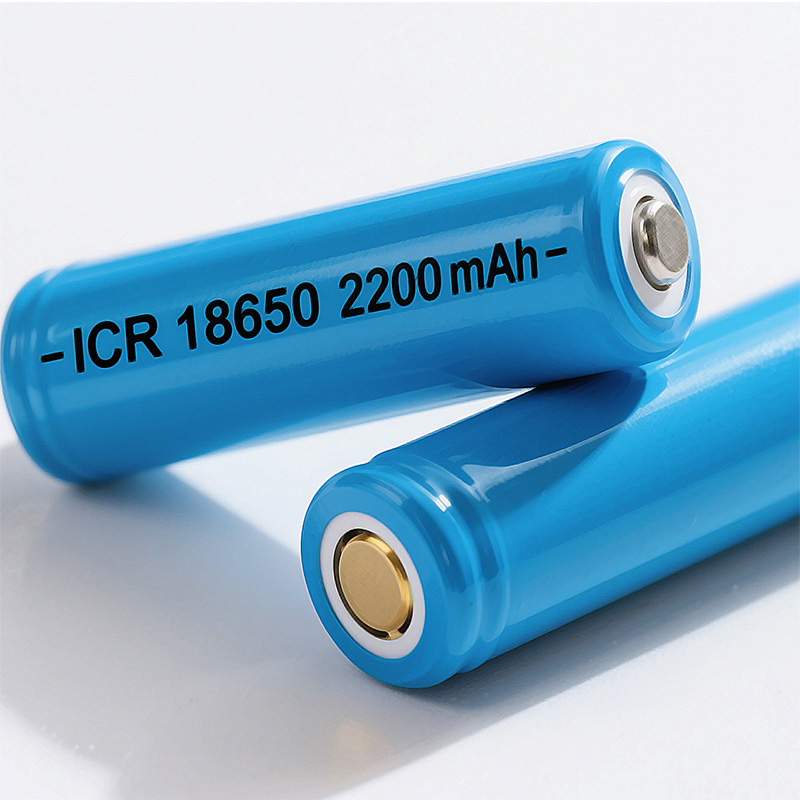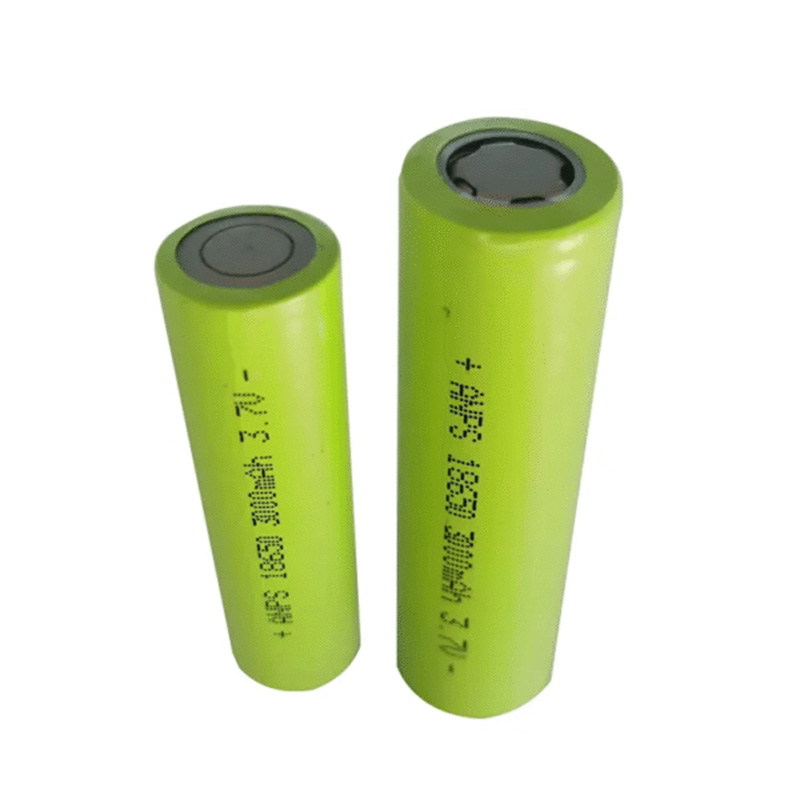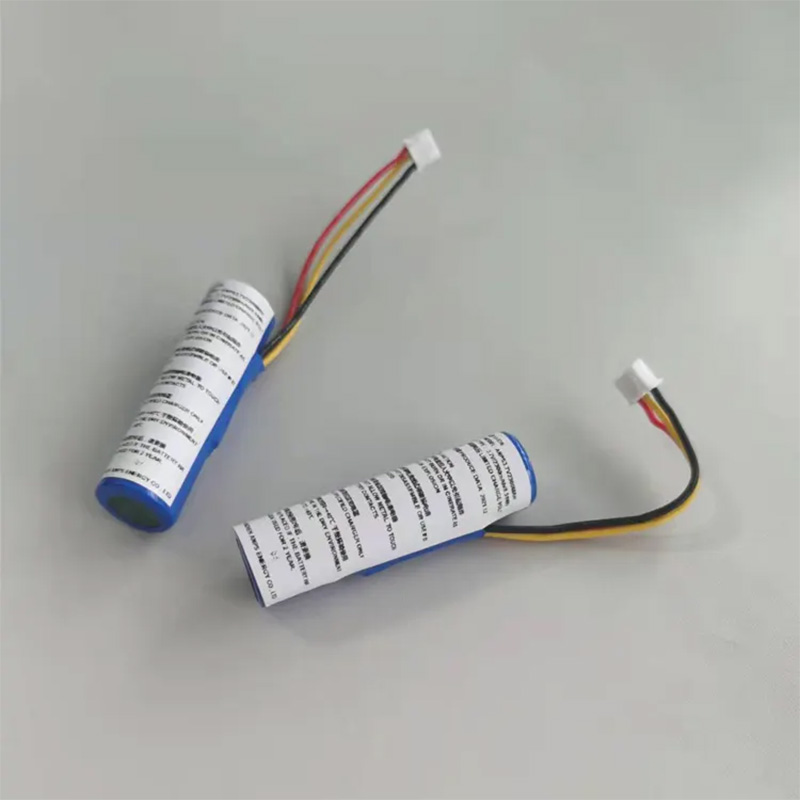Blog
Explore the Power of Lithium Innovation
Stay updated with the latest trends, technologies, and application insights in the world of lithium battery solutions
Search the whole station
Explore the Power of Lithium Innovation
Stay updated with the latest trends, technologies, and application insights in the world of lithium battery solutions
A 1.5V lithium battery is a rechargeable lithium-ion battery that maintains a constant voltage of 1.5V throughout its entire discharge cycle without any drop. Internally, it uses a 3.6V lithium-ion cell, and through built-in circuitry, it regulates the output voltage to achieve 1.5V. This design provides strong power capabilities, making it ideal for devices that demand high current and voltage.
1.5V lithium batteries also support fast charging. For example, a single AA battery with a capacity of 3300mWh can fully charge in about 2 hours, whereas traditional nickel-metal hydride (NiMH) batteries may take around 10 hours.
Note: No. 5 batteries generally exceed 1600mAh, while No. 7 batteries usually do not exceed 900mAh.
It depends on the device. Devices with higher voltage requirements may not operate efficiently with 1.2V batteries. The key difference is that 1.2V batteries are rechargeable, while 1.5V batteries can be either rechargeable or disposable, depending on the type.
Modern devices require reliable, rechargeable power sources. Disposable batteries are becoming less popular as many devices rely on electricity, making rechargeable lithium-ion batteries more practical and cost-effective.
Compared to NiMH batteries:
Before lithium-ion batteries, disposable alkaline batteries powered 1.5V devices. Lithium-ion batteries quickly replaced them due to rechargeability, eliminating the need for repeated battery replacements.
Environmental benefits:
1.5V lithium-ion batteries are widely used in daily life, powering:
As the world shifts toward green energy from fossil fuels, 1.5V lithium-ion batteries will play an increasingly critical role. They are rechargeable up to 500–1000 times, which is roughly equivalent to 1000 disposable batteries, making them both economical and environmentally friendly.
Ongoing research is improving the performance of 1.5V lithium batteries through new chemistries and designs, including:
These advancements allow 1.5V lithium-ion batteries to integrate with solar photovoltaics and other renewable energy technologies, further supporting sustainable energy solutions.

Wholesale ICR 18650 2200mAh 3.7V lithium batteries with optional customized packs. Supports external wiring and various wire leads to meet your project-specific needs.

18650 3.7V 1500mAh lithium-ion rechargeable batteries from China, ideal for flashlights, power banks, electric tools, and more. High capacity, long cycle life, full safety features, and customizable OEM/ODM services. Fast global shipping available.

Top-quality 18650 3.7V 3000mAh lithium-ion batteries ideal for electric scooters, power tools, cameras, and more. Long cycle life, stable performance, and customizable options. Fast shipping worldwide. OEM & ODM services available.

High-quality 18650 3.7V 2300mAh lithium ion batteries perfect for flashlights, vape mods, electric scooters, and power banks. Long cycle life, built-in safety features, and flexible OEM/ODM customization available. Fast shipping and competitive pricing for wholesale buyers.
Explore the 21700 lithium-ion battery, its advantages over 18650 batteries, applications in electric vehicles, consumer electronics, and energy storage, and its future in the battery market.
View detailsWhen buying 7.4V lithium packs in bulk, I focus on certifications, custom options, and assembly workmanship to avoid failures and ensure safety.
View detailsExplore the working principle, performance advantages, and energy storage applications of LFP prismatic batteries. Learn how lithium iron phosphate square cells power homes, commercial systems, EVs, and energy storage stations.
View detailsDiscover what a pouch cell battery is, how it works, and why it’s popular in electronics and electric vehicles. Learn real-life examples, advantages, and things to watch out for.
View details
HelloPlease log in